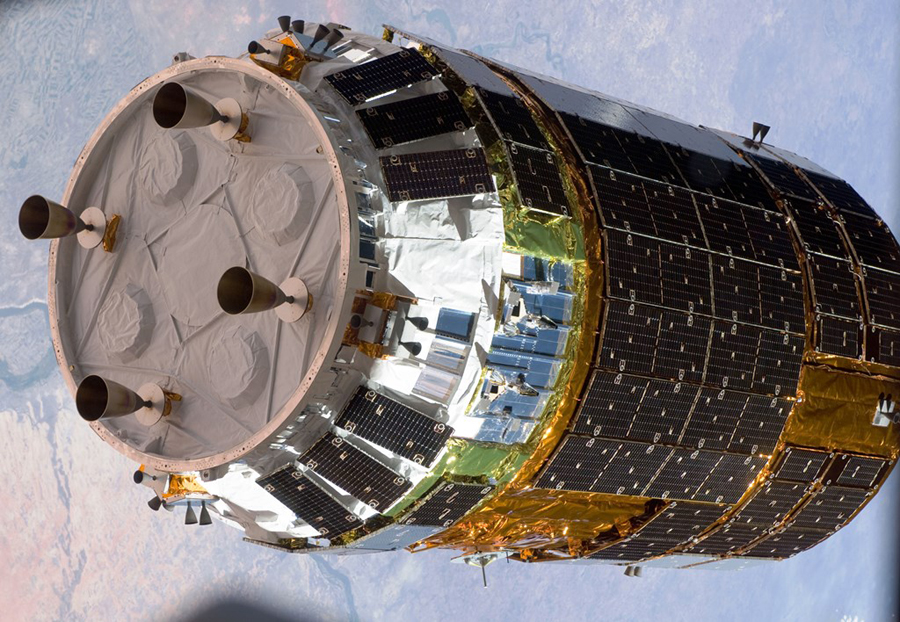
The metal's components are magnesium infused with a dense and even dispersal of ceramic silicon carbide nanoparticles.
A light structural metal that is especially strong has been created by researchers from the UCLA Henry Samuel School of Engineering and Applied Science. The metal’s components are magnesium infused with a dense and even dispersal of ceramic silicon carbide nanoparticles.
This according to phys.org. Although it is lighter, this new metal could be instrumental in manufacturing lighter automotives, including cars, aircraft and airplanes, while increasing their fuel efficiency.
To come up with this metal, the research team discovered a method to disperse and stabilize nanoparticles in molten metals. Their findings, published in Nature, indicated they developed a manufacturing method that could introduce more delicate, yet high performance metals.
“It’s been proposed that nanoparticles could really enhance the strength of metals without damaging their plasticity, especially light metals like magnesium, but no groups have been able to disperse ceramic nanoparticles in molten metals until now,” said Xiaochun Li, the principal investigator on the research and Raytheon Chair in Manufacturing Engineering at UCLA. “With an infusion of physics and materials processing, our method paves a new way to enhance the performance of many different kinds of metals by evenly infusing dense nanoparticles to enhance the performance of metals to meet energy and sustainability challenges in today’s society.”
Structural metals are strength bearing metals that have the capacity to withstand the brawn of buildings and machinery used in vehicles. The research team’s ability to incorporate a vast number of silicon carbide particles less than 100 nanometers into magnesium added increased strength and durability, firmness and plasticity under extremely high temperatures.

Leave a Reply